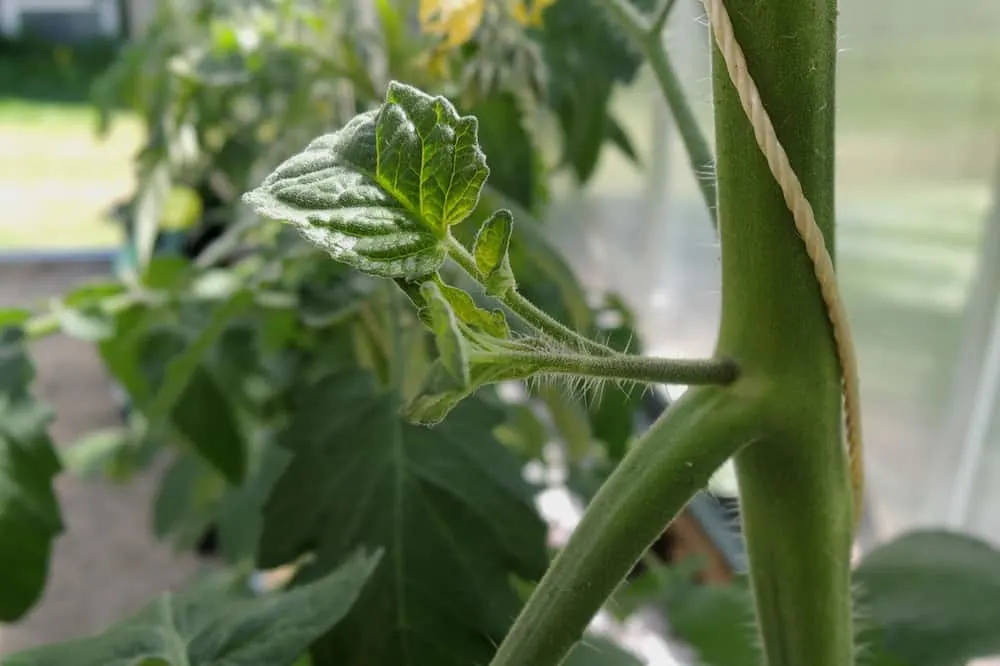
To prune, or not to prune? That is the question.
Like many gardening tips on the internet, there is a heated debate around tomato suckers.
Should you keep them? Should you get rid of them? What actually are tomato suckers in the first place?
There are pros and cons to each approach, and what you do with them will largely rest on your shoulders.
Which side of the debate do you fall on? Let’s find out.
What Are Tomato Suckers?
Tomato suckers, or side shoots, are small shoots that grow from the point between a branch and the main stem of the plant (also called the axil). If left unattended, they will eventually grow into branches that produce leaves and fruit, resulting in a bushy tomato plant.
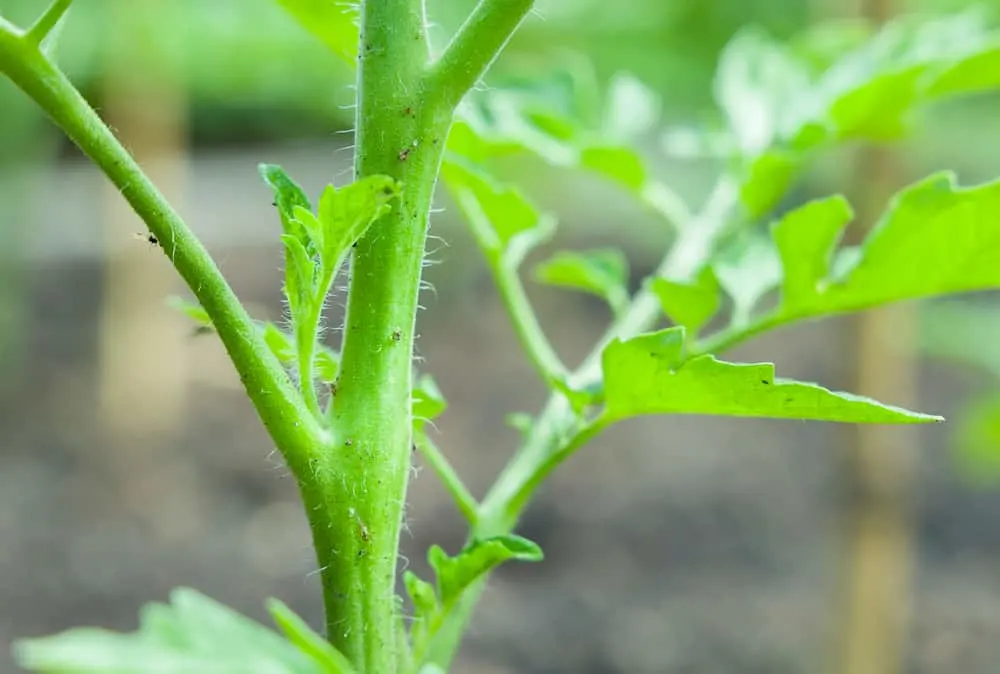
However, unruly tomato plants are difficult to manage. Their bushy nature can aid in the spread of several diseases and the density of the leaf cover may stifle airflow around the most important parts of the plant – the fruits.
Despite this (and the term ‘sucker’ sounding rather negative) tomato suckers are a natural part of tomato plant growth.
Should you Remove Tomato Suckers?
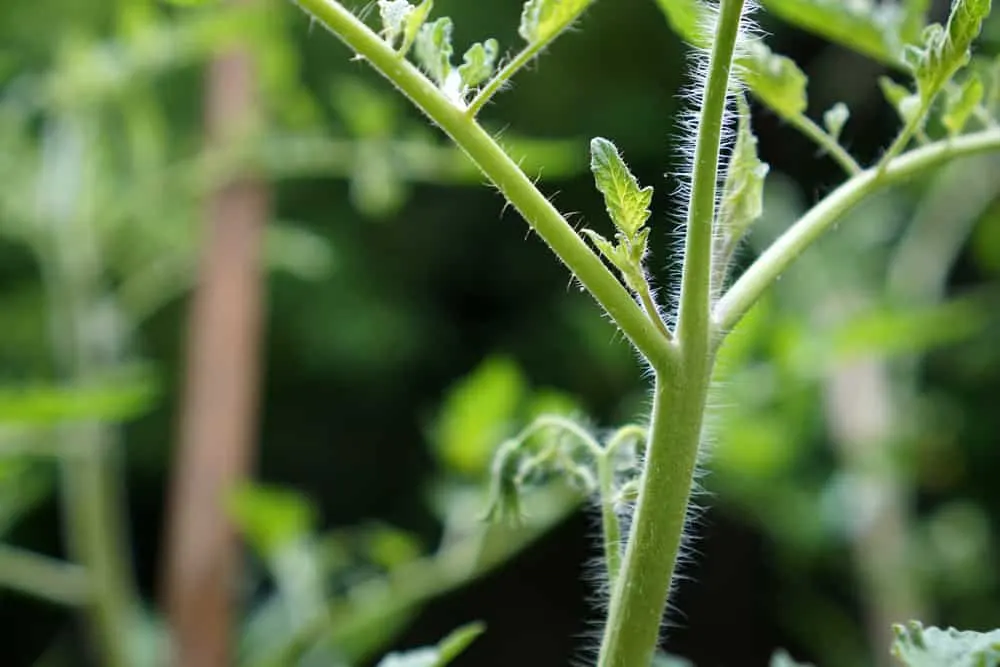
If you detest garden chores, you can mark this task off your list. Ultimately, removing suckers is not a necessity. However, there are pros and cons to snipping them off.
The biggest pro is the production of bigger fruits. Cutting off the side shoots reduces the competition for nutrients, allowing all the plant’s energy to focus on producing healthier, larger fruits.
Much like standard pruning practices, the increased airflow and reduction of moisture build-up also reduces the risk of disease. And fewer leaves mean fewer nesting places for insects.
On the other hand, if left alone, those shoots will grow into branches that – you guessed it – produce more fruits.
It’s a toss-up between bigger fruits or a higher yield. You can choose whatever option works for you based on your tomato goals, as there is no severe consequence either way.
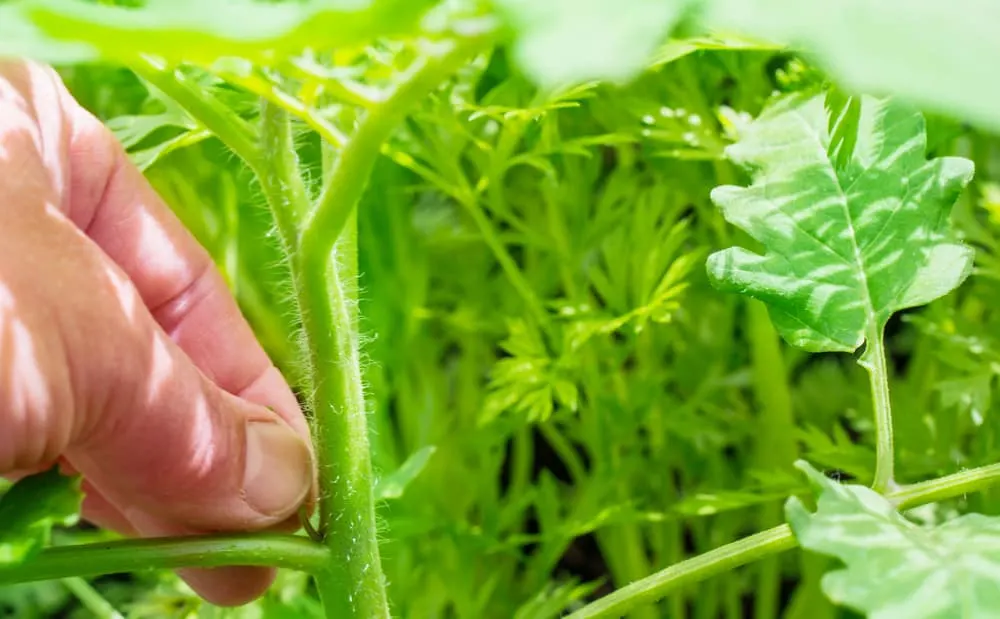
The decision is further complicated by the type of tomato you choose to grow.
Generally, removing suckers is only advised for indeterminate tomato plants that continue to grow and produce fruit throughout the season. Determinate tomatoes grow to a predetermined height and produce all their fruits at once. In this case, removing the suckers will ruin your harvest more than it will help it.
How To Remove Tomato Suckers
There are different ways to prune or remove tomato suckers. If you’re feeling particularly ruthless, you can remove every sucker from just below the first cluster, or remove a few and leave some suckers on the main stem.
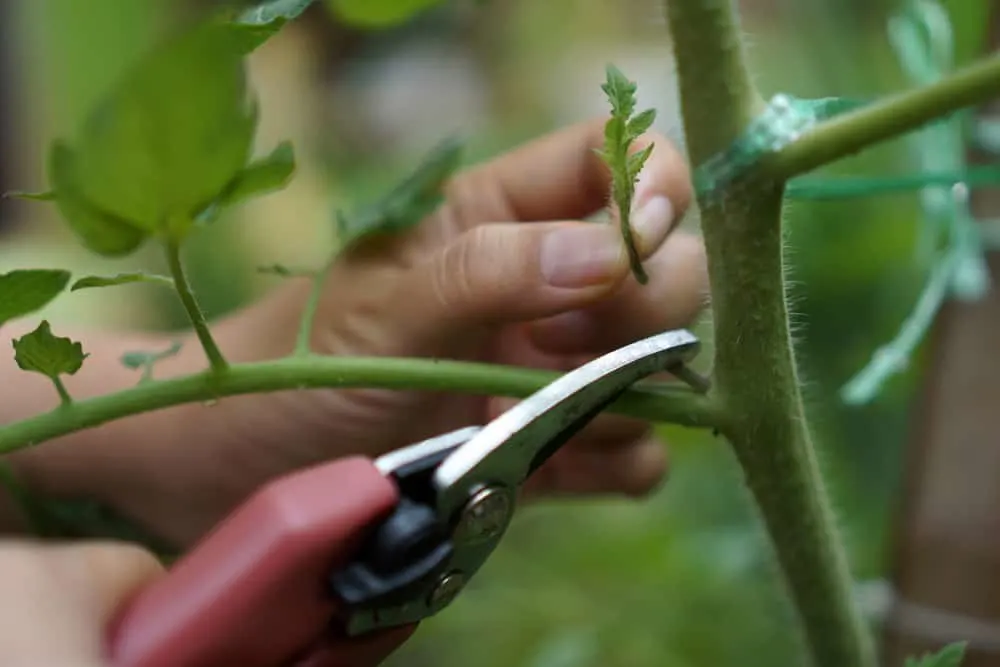
The best time to remove suckers is as soon as you spot them. Sometimes suckers are easier to spot if left to grow to about 2 inches. At this point, they will be small, weak, and easy to remove.
With your fingers, grab the sucker by the base and snap it off the stem. For bigger suckers, use clean sharp pruning shears to avoid damaging the plant.
Pruning can take place throughout the season. While you’re at it, remove lower, browning leaves to avoid diseases. Larger, leafier suckers should be removed from below the fruit cluster, to avoid interference with the development of the fruit.
Propagate Tomatoes From Suckers
If you’ve removed the tomato suckers, don’t throw them all on the compost pile!
One of the greatest things about tomatoes is their adventitious roots. This means they have the magical ability to grow roots at all points along their stem. Once you’ve removed a sucker, you can use it as a cutting to grow even more tomato plants. Who doesn’t want extra free tomatoes?
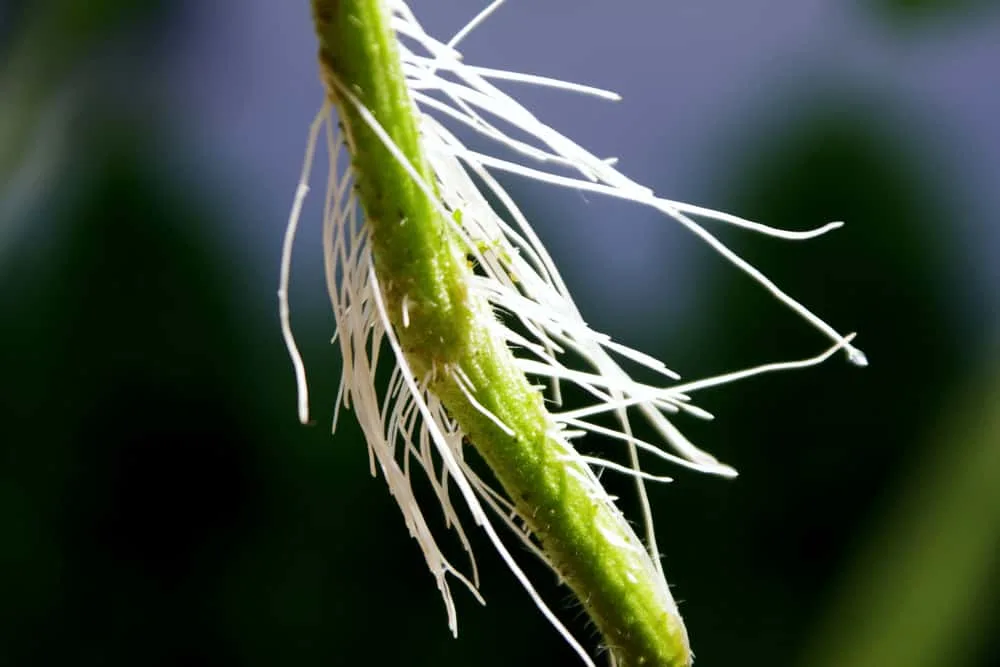
If the cuttings are longer than 6-inches, they are the perfect length to replant. If there are any leaves on the stem, remove them, and root the cutting in water or soil.
When using water, ensure that no leaves are submerged and that only the bottom section remains in the water. Once a decent root ball has developed, plant the stem in its own pot of soil. Once the plant has established itself, you can transplant it outside.
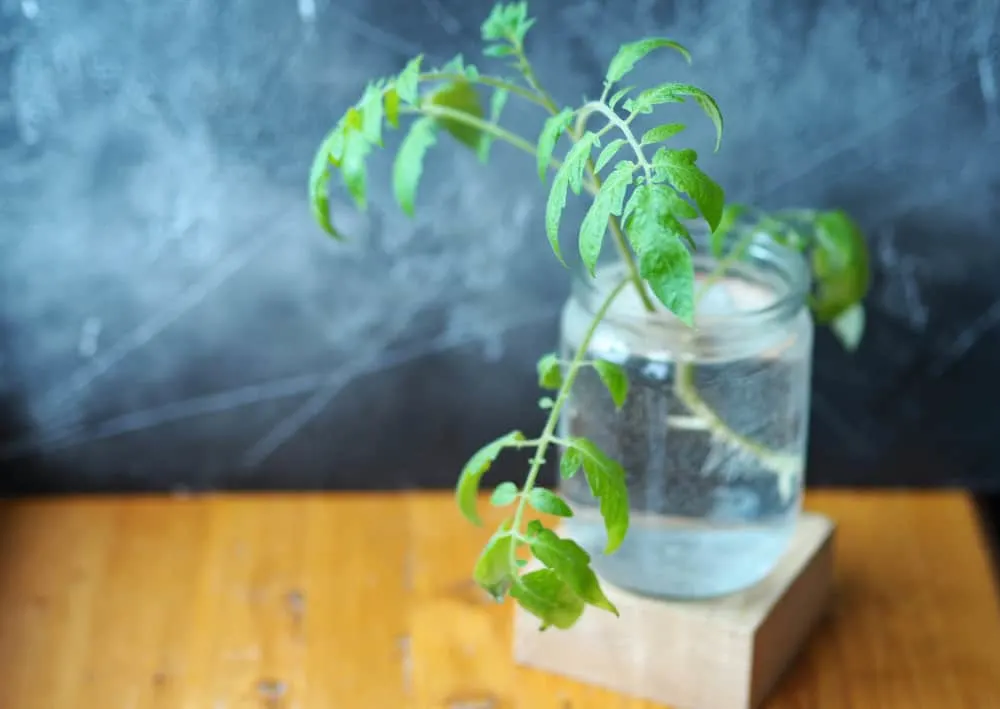
Here’s a more detailed tutorial showing you how to propagate tomato plants from cuttings in soil or water.
Of course, if you’ve already got more plants than you know what to do with, any extra shoots and cuttings can be composted.
In the question of whether to prune or not to prune, the choice remains yours. There are advantages to both.
Looking for bigger, healthier fruits? Chop them off. Looking for as many tomatoes as you can fit in your kitchen? Keep them.
